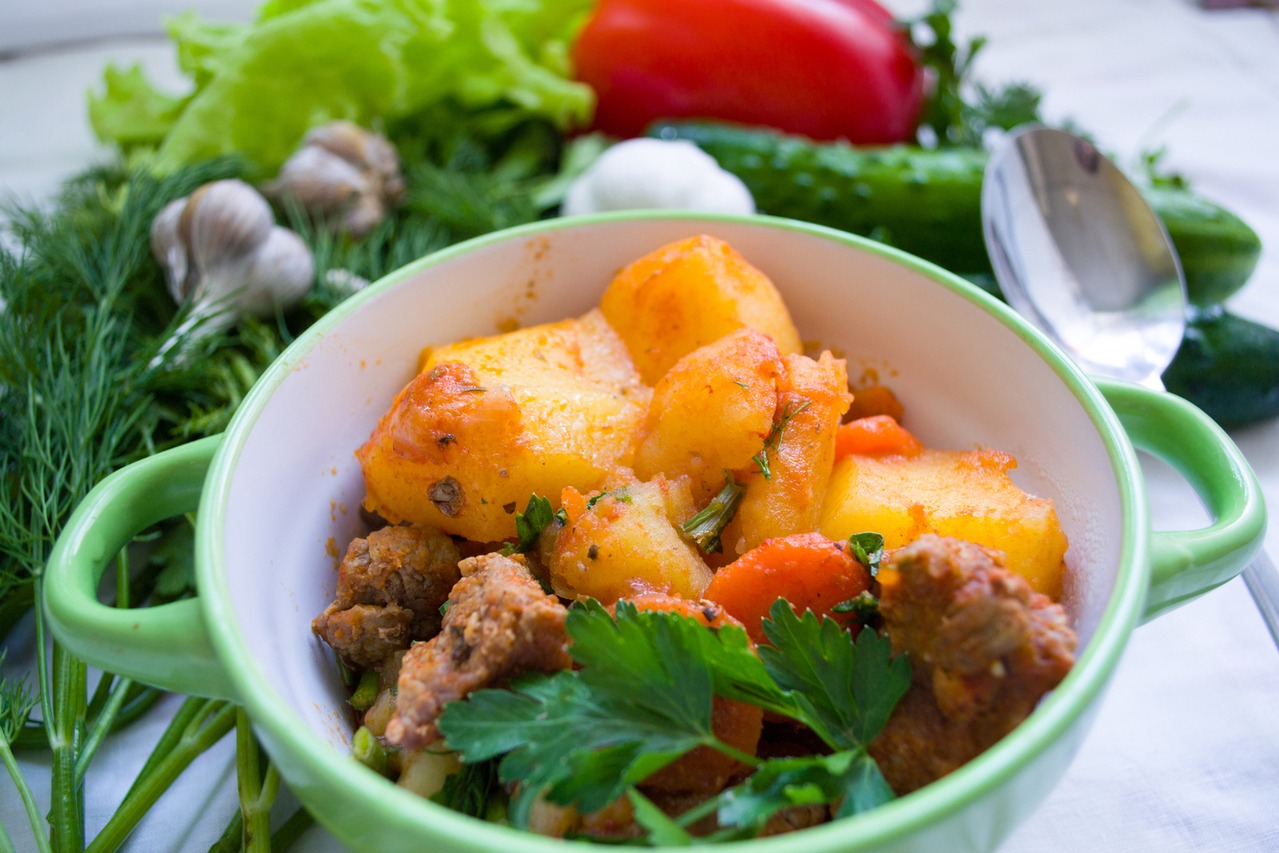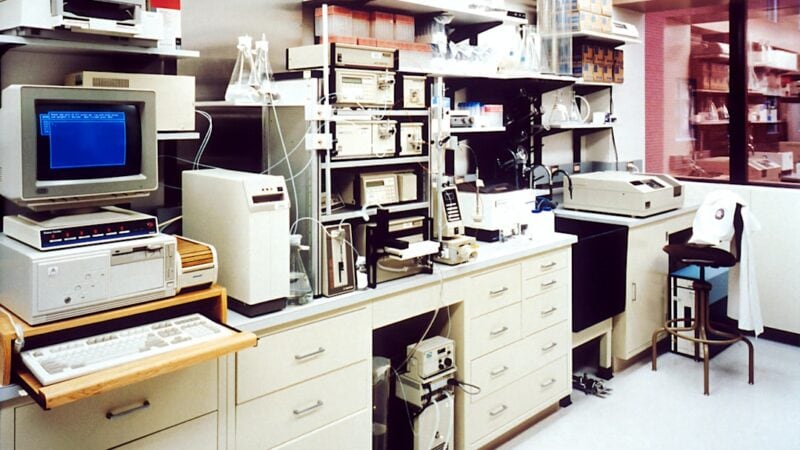Gluten-Free Diet Plans for People with Celiac Disease

Celiac disease and gluten intolerance are two conditions that have gained significant attention in recent years. With the rise in popularity of gluten-free diets, it is important to understand the impact of these conditions on daily life. Celiac disease is an autoimmune disorder in which the ingestion of gluten leads to damage in the small intestine. Gluten intolerance, also known as non-celiac gluten sensitivity, is a condition in which individuals experience symptoms similar to those with celiac disease but do not have the same immune response. Understanding these conditions and their effects is crucial for individuals who need to follow a gluten-free diet.
Table of Contents
Key Takeaways
- Celiac disease is an autoimmune disorder triggered by gluten consumption.
- A gluten-free diet can alleviate symptoms and prevent long-term complications for those with celiac disease.
- Foods to avoid on a gluten-free diet include wheat, barley, and rye, as well as many processed foods.
- Whole foods like fruits, vegetables, and lean proteins are naturally gluten-free and make great options for a healthy diet.
- Gluten-free snacks and desserts can be made with alternative flours and ingredients, such as almond flour and coconut sugar.
Understanding Celiac Disease and Gluten Intolerance
Celiac disease is a chronic autoimmune disorder that affects the small intestine. When individuals with celiac disease consume gluten, a protein found in wheat, barley, and rye, their immune system responds by attacking the lining of the small intestine. This immune response leads to inflammation and damage to the villi, which are small finger-like projections that line the small intestine and aid in nutrient absorption.
Gluten intolerance, on the other hand, is a condition in which individuals experience symptoms similar to those with celiac disease but do not have the same immune response. The exact cause of gluten intolerance is not well understood, but it is believed to be a result of an abnormal reaction to gluten in the gut.
Symptoms of celiac disease and gluten intolerance can vary widely and may include digestive issues such as bloating, diarrhea, and abdominal pain, as well as fatigue, joint pain, and skin rashes. Diagnosis typically involves blood tests to check for specific antibodies associated with celiac disease or gluten intolerance, followed by a biopsy of the small intestine to confirm the diagnosis.
Prevalence of celiac disease varies across different populations, but it is estimated to affect approximately 1% of the global population. It can occur at any age and in both males and females. Gluten intolerance is believed to be more common than celiac disease, but its prevalence is not well established.
Benefits of a Gluten-Free Diet for People with Celiac Disease
For individuals with celiac disease, following a strict gluten-free diet is essential for managing the condition and preventing further damage to the small intestine. There are several benefits to adopting a gluten-free diet for people with celiac disease.
One of the main benefits of a gluten-free diet for individuals with celiac disease is improved digestive health. When gluten is eliminated from the diet, the inflammation and damage to the small intestine begin to heal, leading to improved digestion and absorption of nutrients. This can help alleviate symptoms such as bloating, diarrhea, and abdominal pain.
In addition to improved digestive health, a gluten-free diet can also reduce inflammation in the body. Chronic inflammation has been linked to a variety of health conditions, including heart disease, diabetes, and autoimmune disorders. By eliminating gluten, individuals with celiac disease can reduce their risk of developing these associated health risks.
Another benefit of a gluten-free diet for people with celiac disease is better nutrient absorption. When the small intestine is damaged by gluten, it becomes less efficient at absorbing nutrients from food. This can lead to nutrient deficiencies and related health issues. By following a gluten-free diet, individuals with celiac disease can improve their nutrient absorption and ensure they are getting the necessary vitamins and minerals their body needs.
Finally, adopting a gluten-free diet can enhance the overall quality of life for individuals with celiac disease. By eliminating gluten from their diet, they can avoid the uncomfortable symptoms associated with the condition and enjoy improved energy levels and overall well-being.
Foods to Avoid on a Gluten-Free Diet
When following a gluten-free diet, it is important to be aware of common sources of gluten in food. Some of the most common sources of gluten include wheat, barley, rye, and their derivatives. This means that foods such as bread, pasta, and baked goods made with wheat flour are off-limits for individuals with celiac disease or gluten intolerance.
In addition to these obvious sources of gluten, there are also hidden sources of gluten that can be found in processed foods. Ingredients such as malt, modified food starch, and hydrolyzed vegetable protein can contain gluten. It is important to carefully read food labels and look for products that are labeled as gluten-free.
Reading food labels can be a challenge, as gluten can be hidden in unexpected places. For example, soy sauce often contains wheat, and some condiments and sauces may also contain gluten. It is important to familiarize yourself with common sources of hidden gluten and learn how to identify them on food labels.
Gluten-Free Whole Food Options
While it may seem daunting to eliminate gluten from your diet, there are plenty of delicious and nutritious whole food options that are naturally gluten-free. These foods can provide the necessary nutrients and variety to support a healthy gluten-free lifestyle.
Whole grains such as quinoa, rice, millet, and buckwheat are excellent alternatives to wheat-based grains. These grains can be used in a variety of dishes, from salads to stir-fries to grain bowls. They provide fiber, vitamins, and minerals while being naturally gluten-free.
Fruits and vegetables are naturally gluten-free and should be a staple in any gluten-free diet. They provide essential vitamins, minerals, and antioxidants that support overall health. Incorporating a variety of colorful fruits and vegetables into your meals can help ensure you are getting a wide range of nutrients.
Lean proteins such as chicken, fish, tofu, and legumes are also naturally gluten-free and can be included in a gluten-free diet. These proteins provide essential amino acids for muscle growth and repair. They can be prepared in a variety of ways, from grilling to baking to sautéing.
Dairy products such as milk, cheese, and yogurt are naturally gluten-free, but it is important to check for any added ingredients that may contain gluten. If you are lactose intolerant or prefer non-dairy options, there are plenty of gluten-free alternatives available, such as almond milk, coconut milk, and soy milk.
Gluten-Free Snack and Dessert Ideas

Snacking can be a challenge on a gluten-free diet, as many common snack foods contain gluten. However, there are plenty of healthy and delicious gluten-free snack options available.
Fresh fruits and vegetables make excellent gluten-free snacks. They are packed with vitamins, minerals, and fiber, and can be enjoyed on their own or paired with a dip or hummus. Nuts and seeds are also great gluten-free snacks that provide healthy fats and protein.
If you have a sweet tooth, there are plenty of gluten-free dessert options to satisfy your cravings. Many gluten-free baking substitutes, such as almond flour or coconut flour, can be used to make delicious cookies, cakes, and muffins. There are also many pre-packaged gluten-free dessert options available at grocery stores and online.
Gluten-Free Meal Planning for Busy Schedules
Meal planning is an essential tool for individuals following a gluten-free diet, especially for those with busy schedules. By planning ahead and preparing meals in advance, you can ensure that you have nutritious and delicious gluten-free options available throughout the week.
One of the first steps in meal planning is to create a list of gluten-free recipes that you enjoy. This can include breakfast ideas, lunch options, dinner recipes, and snacks. Once you have a list of recipes, you can create a weekly meal plan by selecting a variety of dishes that incorporate different flavors and ingredients.
To save time during the week, consider batch cooking or meal prepping on the weekends. This involves preparing large quantities of food and portioning it out into individual containers for easy grab-and-go meals. This can be especially helpful for busy individuals who may not have time to cook during the week.
If you find that meal planning and preparation is still too time-consuming, there are meal delivery services and options available that cater specifically to gluten-free diets. These services deliver pre-packaged meals or meal kits that are ready to heat and eat. This can be a convenient option for individuals with busy schedules or those who prefer not to cook.
Dining Out on a Gluten-Free Diet
Dining out can be a challenge for individuals following a gluten-free diet, as cross-contamination and hidden sources of gluten can be common in restaurant kitchens. However, with some strategies and communication, it is possible to enjoy a safe and delicious gluten-free meal at a restaurant.
One of the first strategies for dining out on a gluten-free diet is to research restaurants in advance. Many restaurants now offer gluten-free options or have dedicated gluten-free menus. By checking the restaurant’s website or calling ahead, you can ensure that they can accommodate your dietary needs.
When dining out, it is important to communicate your dietary restrictions to the restaurant staff. This includes informing your server about your gluten intolerance or celiac disease and asking about any potential sources of cross-contamination in the kitchen. It may also be helpful to ask if they have separate preparation areas or utensils for gluten-free meals.
When ordering, it is important to be specific about your dietary needs. Ask questions about ingredients and preparation methods to ensure that your meal is truly gluten-free. It may also be helpful to request that your meal be prepared separately from any gluten-containing dishes.
Gluten-Free Travel Tips
Traveling with a gluten-free diet can present some challenges, but with proper planning and preparation, it is possible to maintain a gluten-free lifestyle while on the go.
Before traveling, it is important to research food options and accommodations at your destination. Look for restaurants that offer gluten-free options or have dedicated gluten-free menus. It may also be helpful to contact hotels or accommodations in advance to inquire about gluten-free meal options or kitchen facilities.
Packing gluten-free snacks and meals can be a lifesaver when traveling. This ensures that you have safe and familiar options available, especially in areas where gluten-free options may be limited. Some ideas for portable gluten-free snacks include nuts, seeds, dried fruit, and gluten-free granola bars.
When dining out while traveling, it is important to communicate your dietary needs to restaurant staff, just as you would at home. Be prepared to ask questions about ingredients and preparation methods to ensure that your meal is truly gluten-free. It may also be helpful to carry a card or document that explains your dietary restrictions in the local language.
Gluten-Free Diet and Nutrient Deficiencies
Following a gluten-free diet can sometimes lead to nutrient deficiencies if not properly managed. This is because many gluten-containing foods are fortified with essential vitamins and minerals, such as iron and B vitamins. When these foods are eliminated from the diet, it is important to find alternative sources of these nutrients.
Iron deficiency is a common issue for individuals with celiac disease or gluten intolerance. Iron is found in many gluten-containing foods, such as fortified cereals and breads. To ensure an adequate intake of iron, it is important to include other sources of iron in the diet, such as lean meats, beans, and leafy green vegetables.
B vitamins, particularly folate and B12, are also commonly found in fortified wheat products. To ensure an adequate intake of these vitamins, it may be necessary to take supplements or consume foods that are naturally high in these nutrients, such as eggs, dairy products, and leafy green vegetables.
Calcium is another nutrient that may be lacking in a gluten-free diet if dairy products are not consumed. To ensure an adequate intake of calcium, it is important to include other sources of this nutrient in the diet, such as fortified non-dairy milks, tofu, and leafy green vegetables.
Living a Healthy and Happy Gluten-Free Lifestyle
Living a gluten-free lifestyle can sometimes feel challenging, but with the right mindset and support, it is possible to embrace this way of eating with confidence and joy.
One of the keys to living a healthy and happy gluten-free lifestyle is to embrace a positive mindset. Instead of focusing on the foods you can’t eat, focus on the delicious and nutritious foods that you can enjoy. Experiment with new recipes and flavors to keep your meals exciting and satisfying.
Finding support and community can also be beneficial when following a gluten-free diet. Connect with others who are also following a gluten-free lifestyle through support groups or online communities. These individuals can provide advice, tips, and encouragement as you navigate your gluten-free journey.
Incorporating physical activity and self-care into your daily routine can also contribute to a healthy and happy gluten-free lifestyle. Engaging in regular exercise can help reduce stress, improve mood, and support overall well-being. Taking time for self-care activities such as meditation, yoga, or hobbies can also help reduce stress and promote a positive mindset.
In conclusion, celiac disease and gluten intolerance are conditions that require individuals to follow a strict gluten-free diet. Understanding these conditions and their effects is crucial for individuals who need to follow a gluten-free diet. By eliminating gluten from their diet, individuals with celiac disease can experience improved digestive health, reduced inflammation and associated health risks, better nutrient absorption, and an enhanced quality of life. It is important to be aware of common sources of gluten in food and learn how to read food labels to avoid hidden sources of gluten. There are plenty of delicious and nutritious whole food options that are naturally gluten-free, as well as gluten-free snack and dessert ideas. Meal planning and preparation can help individuals with busy schedules maintain a gluten-free diet, and there are strategies for dining out and traveling on a gluten-free diet. It is important to be aware of potential nutrient deficiencies associated with a gluten-free diet and take steps to ensure a balanced intake of essential vitamins and minerals. By embracing a positive mindset, finding support and community, and incorporating physical activity and self-care, individuals can live a healthy and happy gluten-free lifestyle with confidence and joy.
If you’re looking for more information on gluten-free diet plans for people with celiac disease, you might find this article on TurnToBeHealthy.com helpful. It discusses the importance of following a gluten-free diet and provides tips on how to create a balanced meal plan. Check it out here for valuable insights and guidance.
FAQs
What is celiac disease?
Celiac disease is an autoimmune disorder that affects the small intestine. It is triggered by the consumption of gluten, a protein found in wheat, barley, and rye.
What are the symptoms of celiac disease?
Symptoms of celiac disease can vary widely and may include abdominal pain, bloating, diarrhea, constipation, fatigue, and weight loss.
What is a gluten-free diet?
A gluten-free diet is a diet that excludes the protein gluten. It is essential for people with celiac disease to follow a gluten-free diet to avoid triggering symptoms.
What foods are allowed on a gluten-free diet?
Foods that are allowed on a gluten-free diet include fruits, vegetables, meats, fish, poultry, dairy products, and grains such as rice, corn, and quinoa.
What foods should be avoided on a gluten-free diet?
Foods that should be avoided on a gluten-free diet include wheat, barley, rye, and any products made from these grains, such as bread, pasta, and cereal.
Are there any gluten-free diet plans available?
Yes, there are many gluten-free diet plans available. These plans typically include a variety of gluten-free foods and recipes to help people with celiac disease maintain a healthy and balanced diet.
Is it possible to eat out on a gluten-free diet?
Yes, it is possible to eat out on a gluten-free diet. Many restaurants now offer gluten-free options, and it is important to communicate your dietary needs to the server or chef to ensure that your meal is prepared safely.






